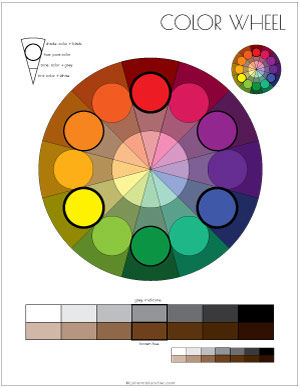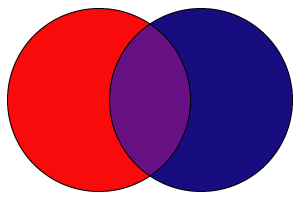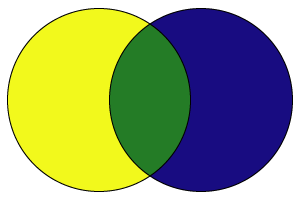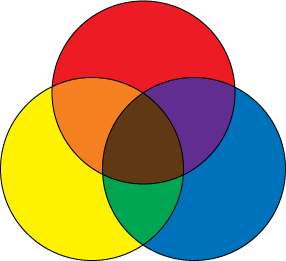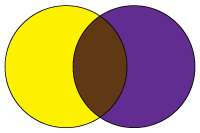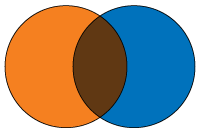PRIMARY COLORS
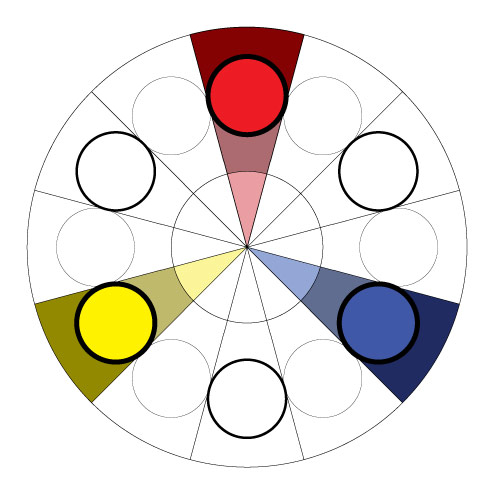
Primary colors do not require mixing.
Just fill in the 3 circles for:
Red, Yellow, and Blue.


There are 4 sections for each color in your color wheel:
- Outer section - color shade (hue + Black)
- Circle - hue (pure color)
- Mid-section - color tones (hue + Grey)
- Inside section - color tint (hue + White)
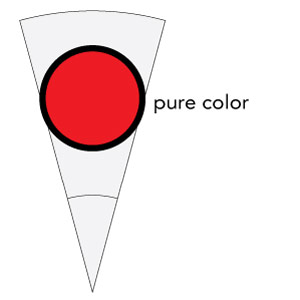
Fill in the circle section first with pure color.

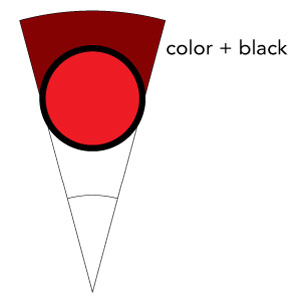
Mix color with a small amount of BLACK and fill in the Shade section.
Wash and wipe the brush.
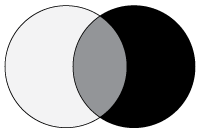
Pre-mix some GREY paint.
You will be using it for all colors. Choose a mid-tone value.
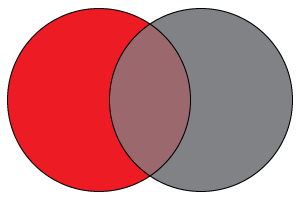
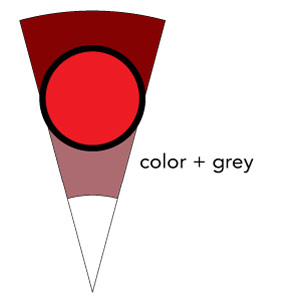
Mix your color with some grey paint. Paint the mid-section.
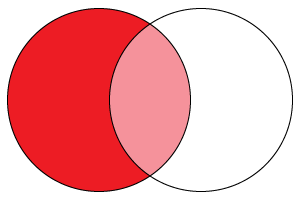

The last one - tint section:
Use WHITE paint and add a small amount of you color. Mix and paint.

Repeat all steps for each PRIMARY color.
SECONDARY COLORS
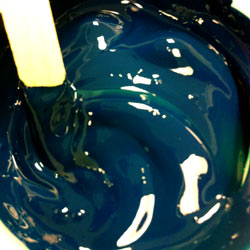

In plastic cups mix 3 secondary colors:
orange, purple, and green

Fill in the "hue" sections between the corresponding primary colors.
Then mix shades, tones, and tints.
INTERMEDIATE (TERTIARY) COLORS

In plastic cups mix 6 intermediate colors.
These are the colors that you get by mixing a primary and a secondary colors.
Fill in the hue circles, then shades, tones, and tints for each intermediate color.

red-orange = red + orange
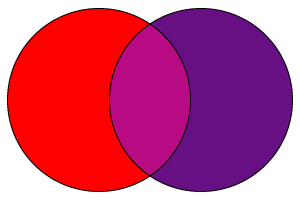
red-violet = red + purple

yellow-orange = yellow + orange

yellow-green = yellow + green

blue-green = blue + green
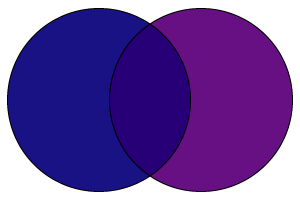
blue-violet = blue + purple

